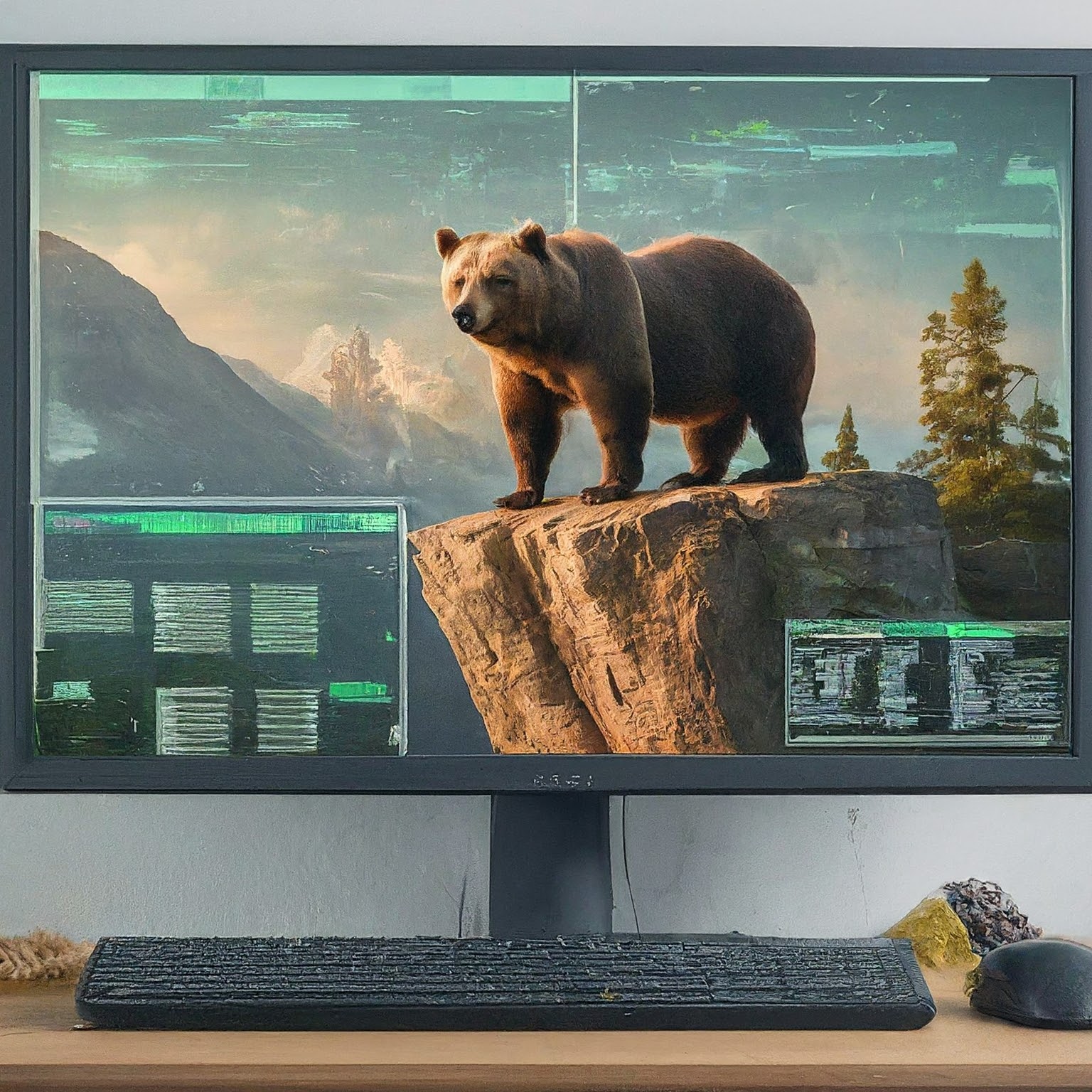
Object detection, a cornerstone of computer vision, enables machines to not only identify objects within images but also precisely locate them. With the rise of deep learning, particularly Convolutional Neural Networks (CNNs), object detection has seen significant advancements in accuracy and efficiency. TensorFlow, a leading open-source machine learning framework developed by Google, offers a robust toolkit for implementing object detection pipelines. This article serves as a comprehensive guide, walking you through the essential concepts, steps, and code examples needed to harness the power of TensorFlow for object detection.
1. Understanding Object Detection: Object detection transcends image classification by not only categorizing objects but also providing spatial information through bounding boxes. Its applications span diverse domains, including surveillance, autonomous vehicles, medical imaging, and retail.
2. Leveraging TensorFlow for Object Detection: TensorFlow provides a dedicated Object Detection API, streamlining the development and deployment of object detection models. Equipped with pre-trained models, training scripts, evaluation tools, and dataset preparation utilities, the TensorFlow Object Detection API supports popular architectures like Single Shot Multibox Detector (SSD), Faster R-CNN, and You Only Look Once (YOLO).
3. Implementing Object Detection with TensorFlow:
Step 1: Install TensorFlow Begin by installing TensorFlow using pip or Anaconda:
pip install tensorflow
Step 2: Choose a Pre-trained Model Select a pre-trained model from the TensorFlow Model Zoo based on your requirements.
Step 3: Download Model Weights Download the pre-trained model weights and configuration files.
Step 4: Set Up Detection Pipeline Configure the detection pipeline by loading the model and setting up input and output tensors.
Step 5: Preprocess Images Preprocess input images by resizing and normalizing them.
Step 6: Perform Object Detection Run inference on preprocessed images using the loaded model.
Step 7: Post-process Results Filter and refine detected objects, applying techniques like non-maximum suppression.
Step 8: Visualize Results Visualize the detected objects by drawing bounding boxes on the original images.
4. Code Example:
# Example code demonstrating object detection using TensorFlow's Object Detection API
import tensorflow as tf
from object_detection.utils import label_map_util
from object_detection.utils import visualization_utils as vis_util
import cv2
# Load the pre-trained model
detection_graph = tf.Graph()
with detection_graph.as_default():
od_graph_def = tf.GraphDef()
with tf.gfile.GFile(PATH_TO_MODEL, 'rb') as fid:
serialized_graph = fid.read()
od_graph_def.ParseFromString(serialized_graph)
tf.import_graph_def(od_graph_def, name='')
# Load label map
label_map = label_map_util.load_labelmap(PATH_TO_LABELS)
categories = label_map_util.convert_label_map_to_categories(
label_map, max_num_classes=NUM_CLASSES, use_display_name=True)
category_index = label_map_util.create_category_index(categories)
# Initialize TensorFlow session
with detection_graph.as_default():
with tf.Session(graph=detection_graph) as sess:
# Read the image
image = cv2.imread(PATH_TO_IMAGE)
image_expanded = np.expand_dims(image, axis=0)
# Define input and output Tensors
image_tensor = detection_graph.get_tensor_by_name('image_tensor:0')
detection_boxes = detection_graph.get_tensor_by_name('detection_boxes:0')
detection_scores = detection_graph.get_tensor_by_name('detection_scores:0')
detection_classes = detection_graph.get_tensor_by_name('detection_classes:0')
num_detections = detection_graph.get_tensor_by_name('num_detections:0')
# Run inference
(boxes, scores, classes, num) = sess.run(
[detection_boxes, detection_scores, detection_classes, num_detections],
feed_dict={image_tensor: image_expanded})
# Visualize the results
vis_util.visualize_boxes_and_labels_on_image_array(
image,
np.squeeze(boxes),
np.squeeze(classes).astype(np.int32),
np.squeeze(scores),
category_index,
use_normalized_coordinates=True,
line_thickness=8)
# Display the results
cv2.imshow('Object Detection', cv2.resize(image, (800, 600)))
cv2.waitKey(0)
cv2.destroyAllWindows()
5. Tips and Best Practices:
6. Resources and Further Reading:
Conclusion: With TensorFlow's Object Detection API, building robust and efficient object detection systems becomes accessible to developers and researchers. By following the outlined steps, experimenting with code examples, and adhering to best practices, you can leverage the full potential of TensorFlow for object detection across various domains. Stay curious, explore new techniques, and continuously refine your object detection pipelines to address evolving challenges in computer vision.
Your email address will not be published. Required fields are marked *


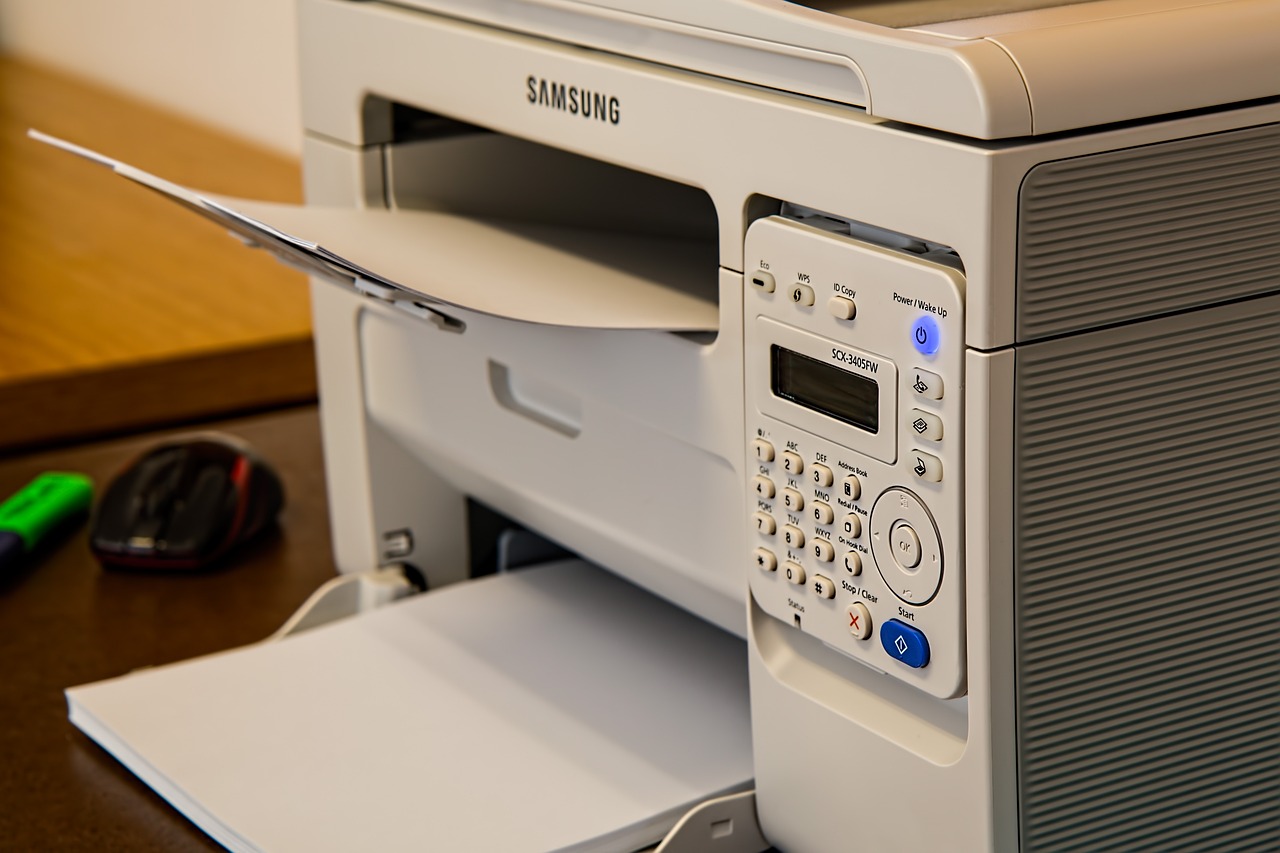



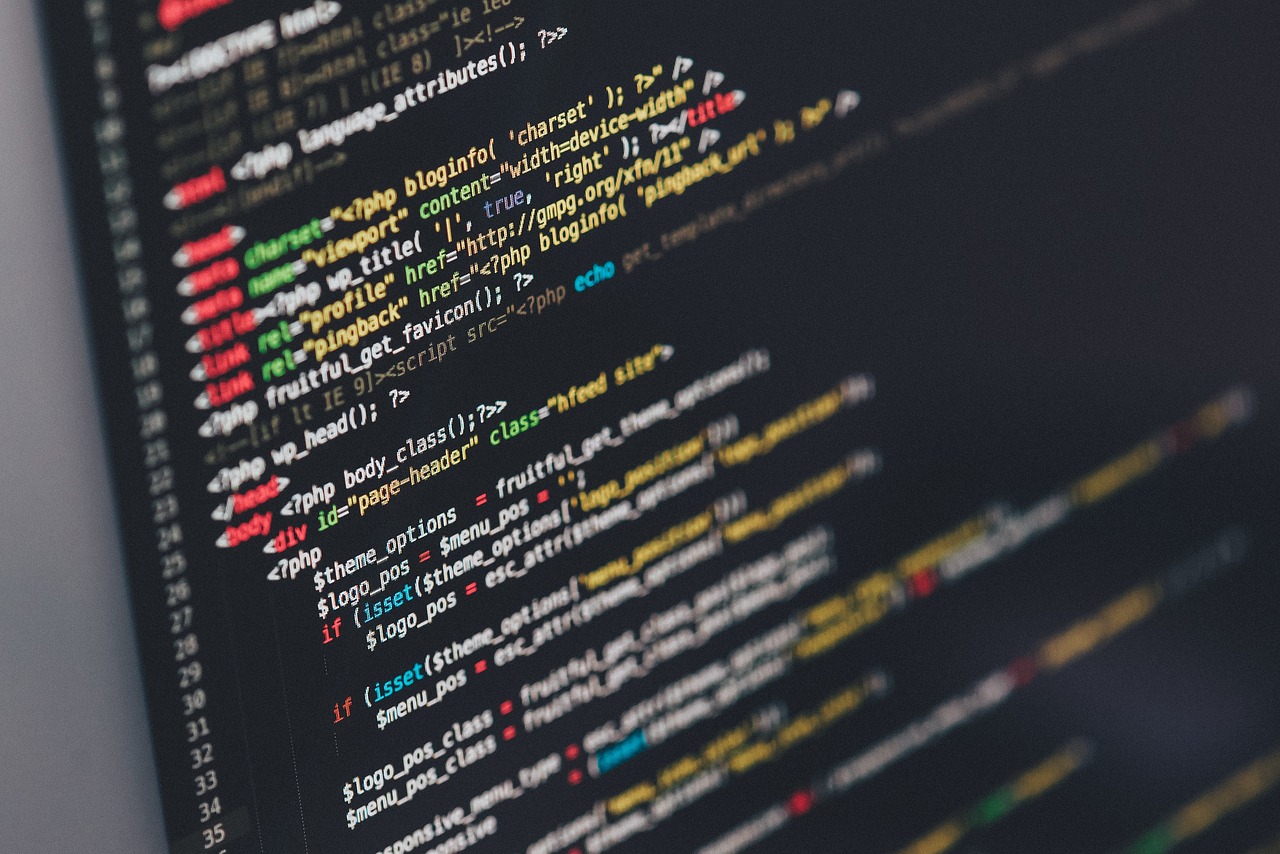
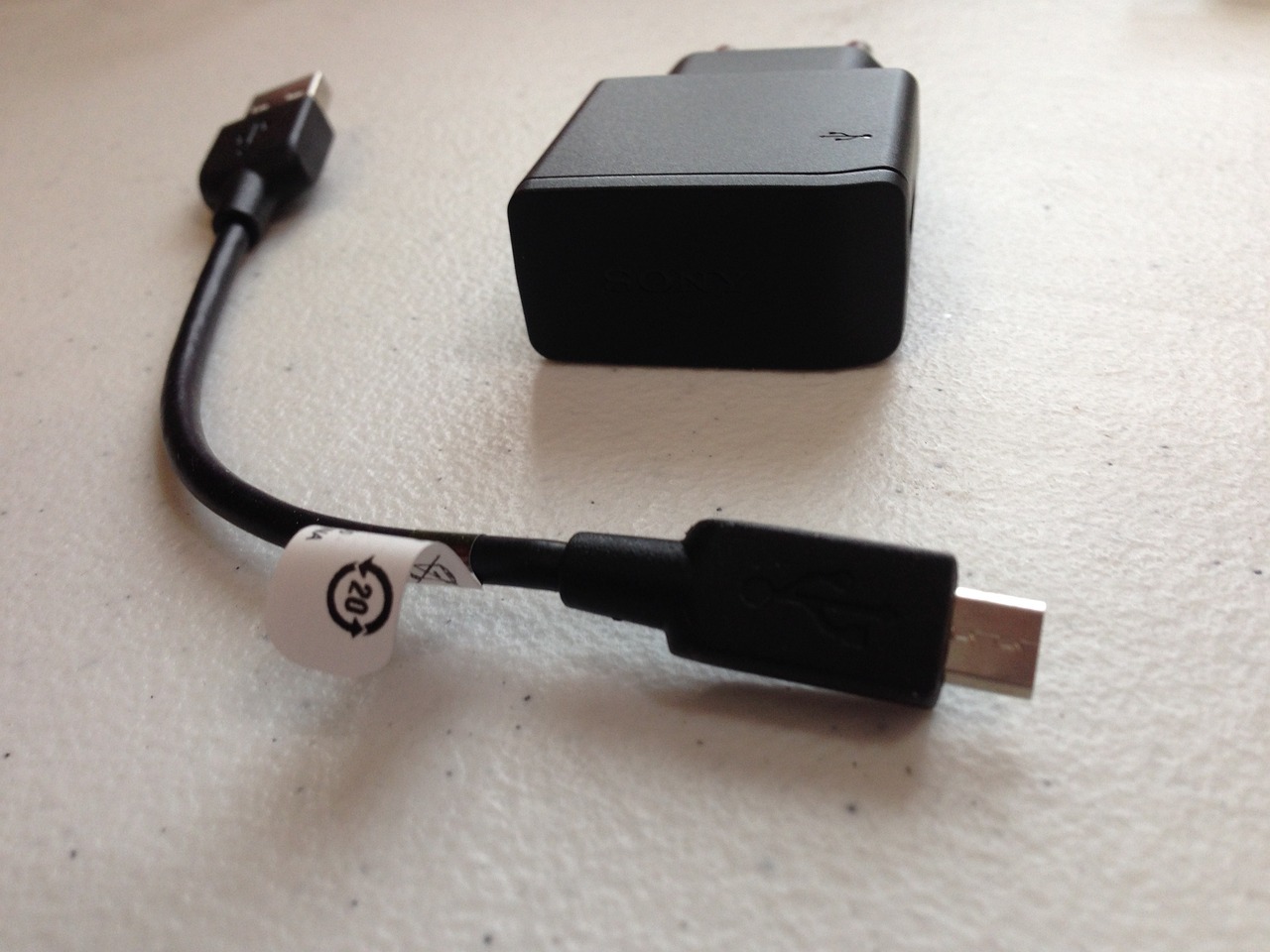


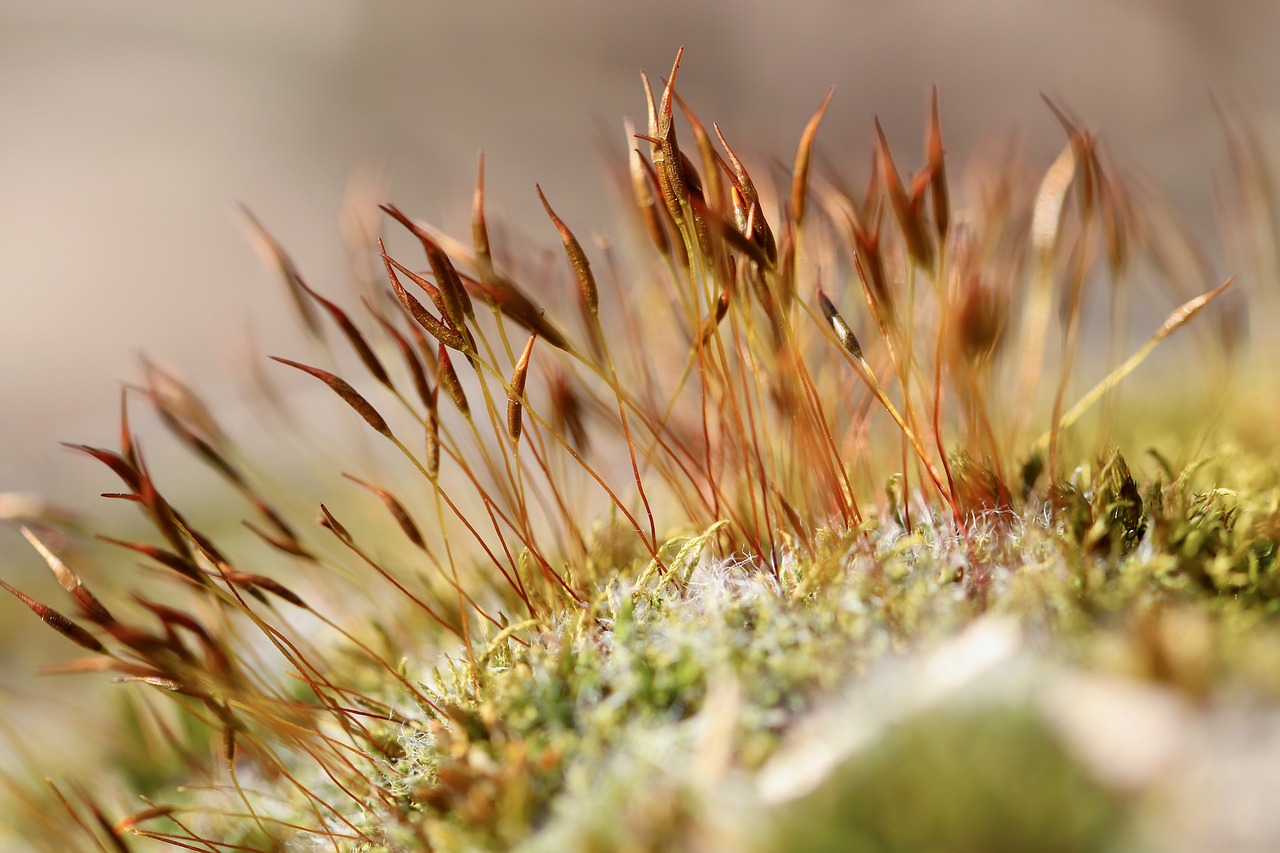


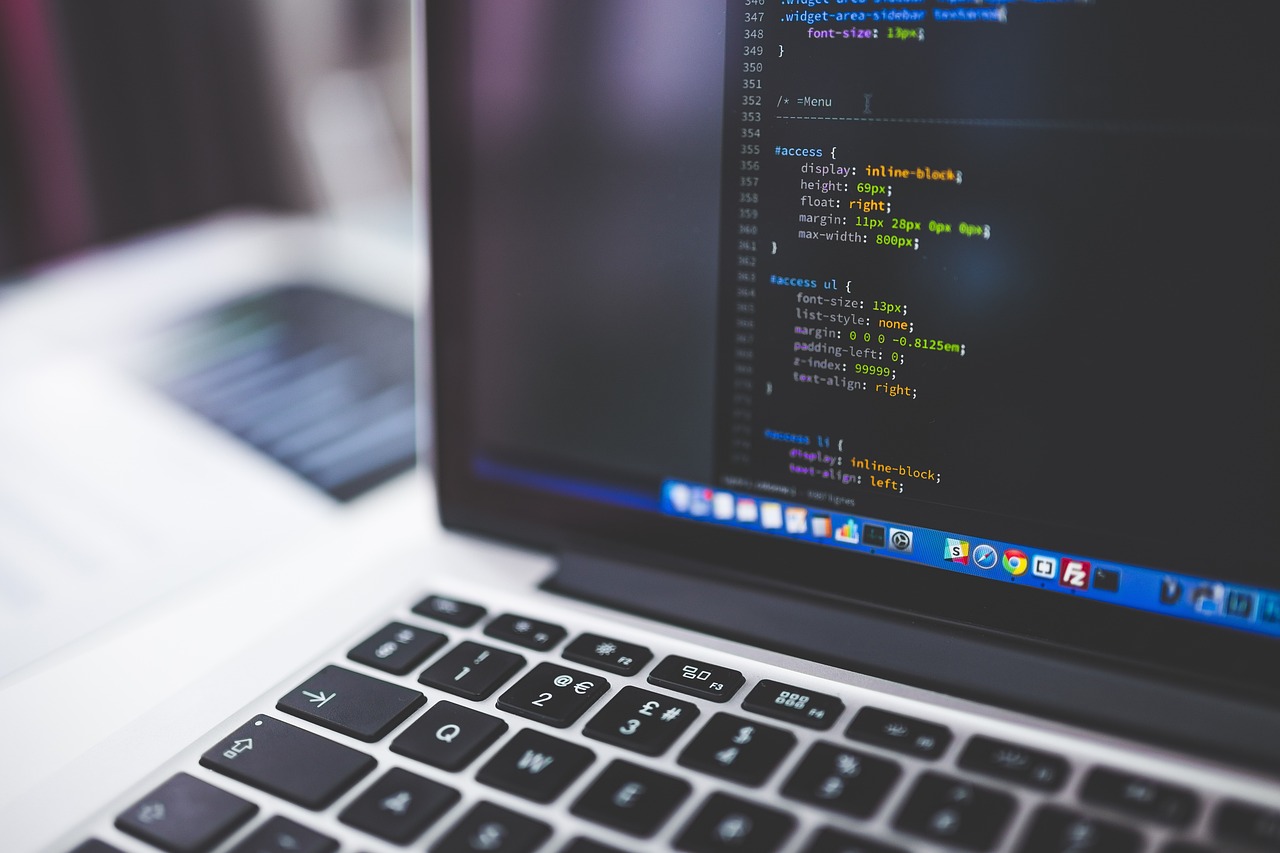



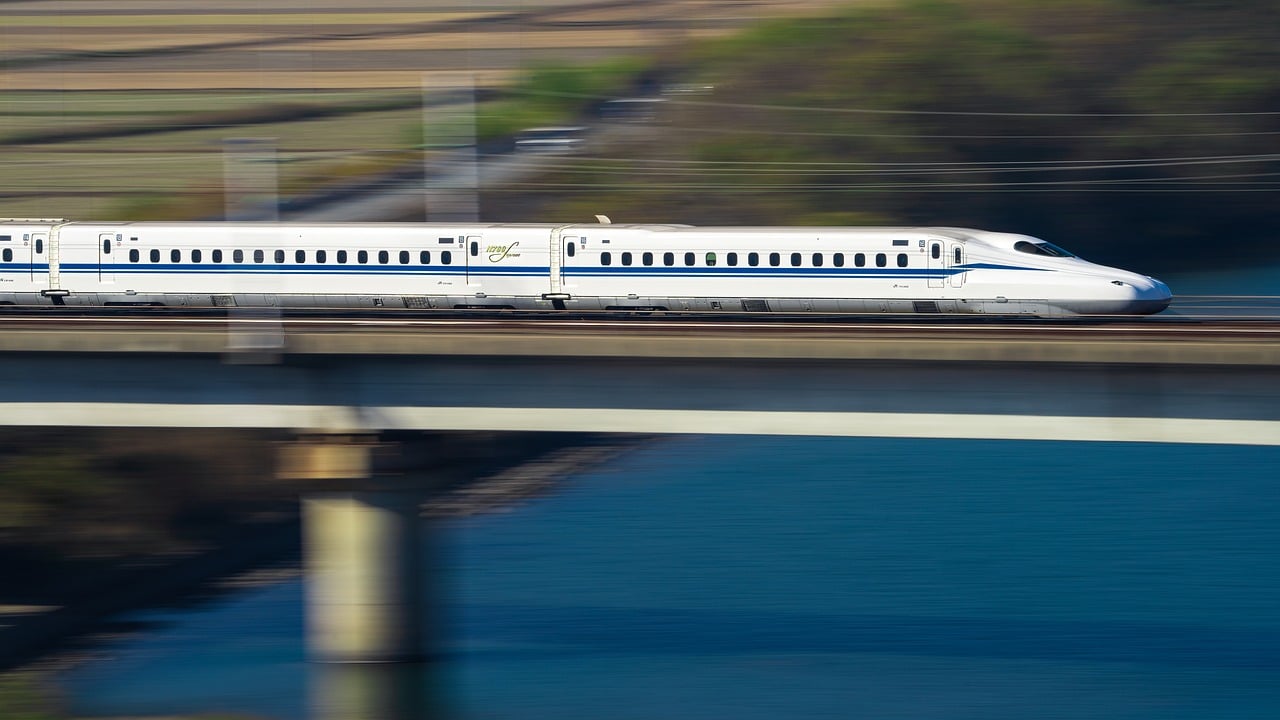

.jpg)


